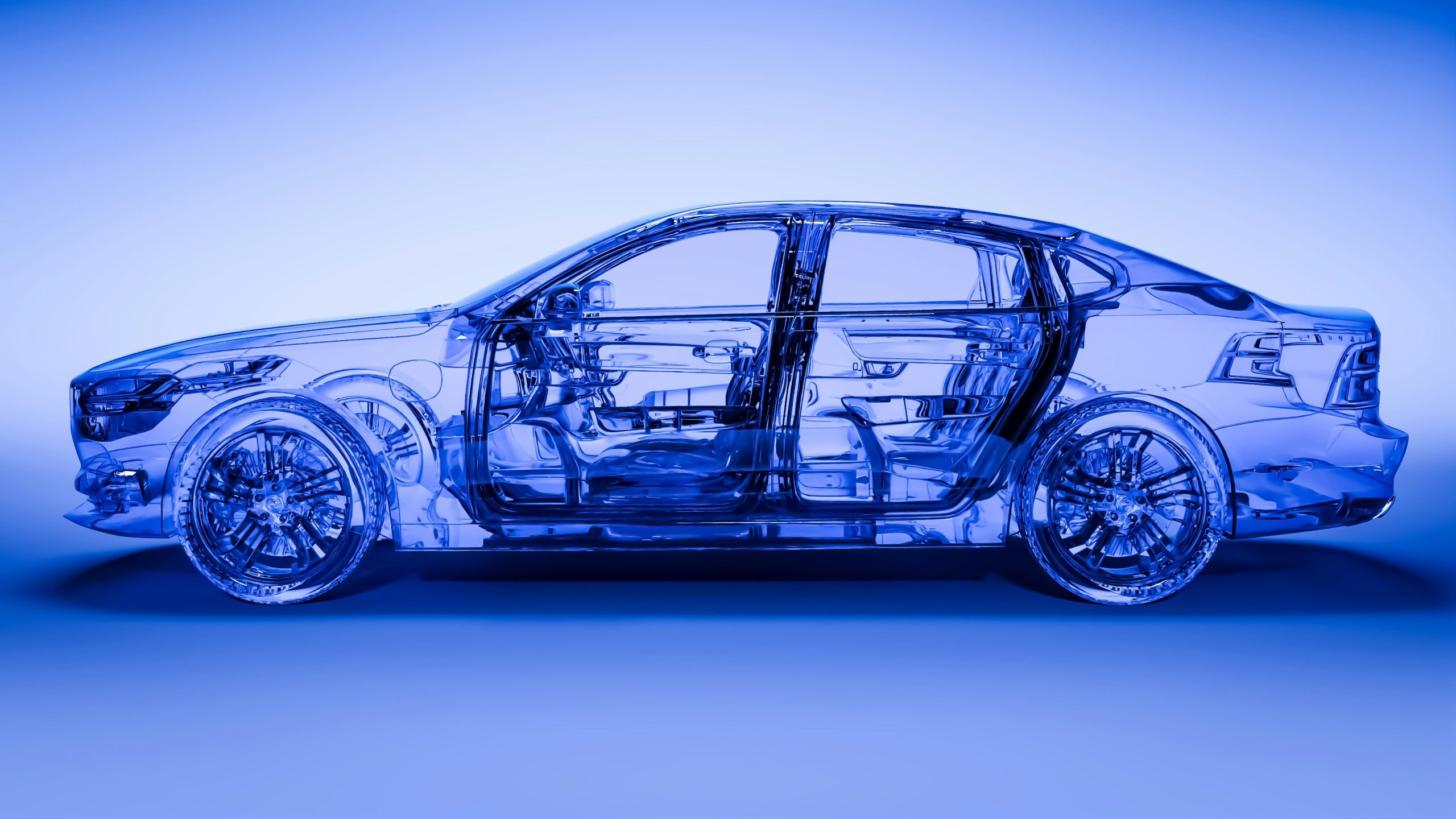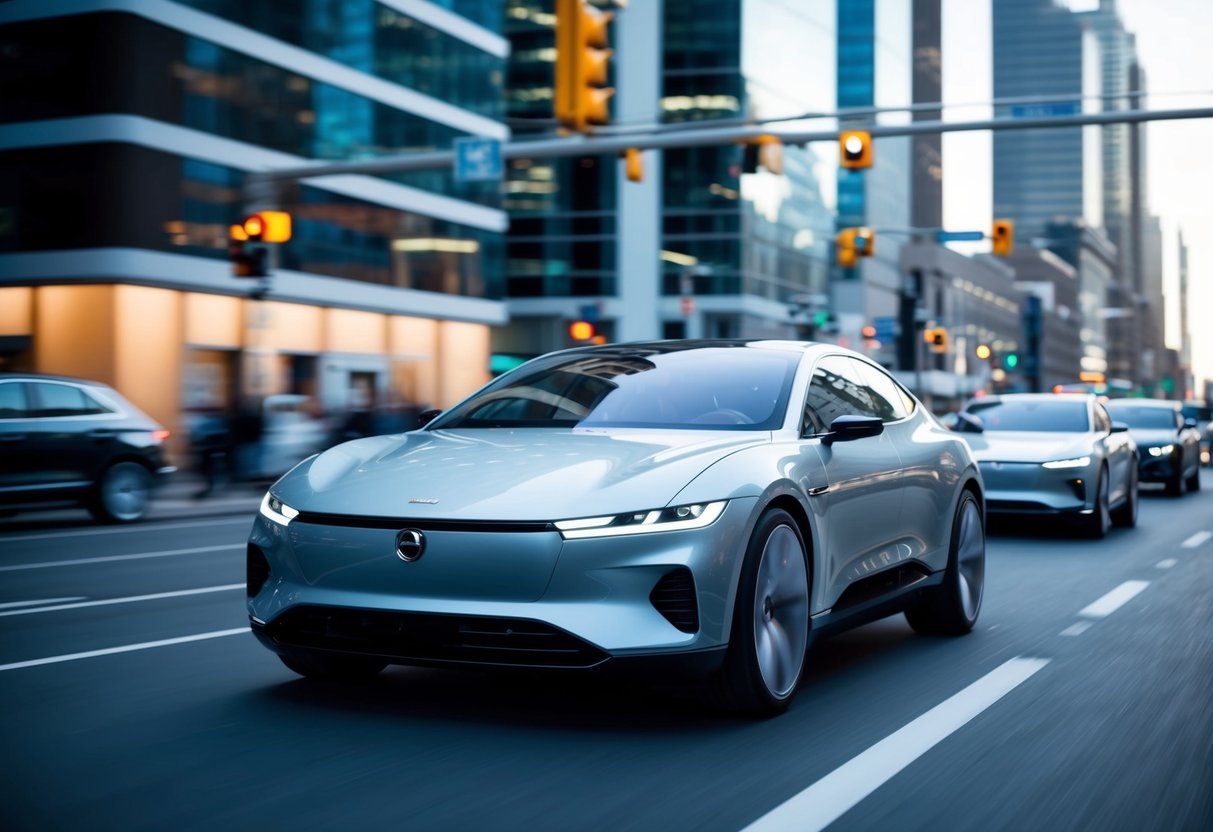
Autonomous Driving and AI
Autonomous driving advancements and the integration of artificial intelligence are revolutionizing vehicle safety and maintenance, driven by computer vision and predictive technologies.
The Impact of AI on Vehicle Safety and Intelligence
Artificial intelligence significantly enhances vehicle safety by processing vast amounts of data to make real-time decisions. AI systems analyze data from various sensors, including cameras, radars, and LiDARs, to perceive the vehicle’s surroundings. This enables autonomous vehicles to detect obstacles, pedestrians, and other vehicles more accurately, reducing the risk of accidents.
Connected vehicles use AI for vehicle-to-vehicle (V2V) and vehicle-to-infrastructure (V2I) communication. This technology enhances traffic flow and reduces potential collision points. Additionally, AI algorithms learn from driving patterns and improve over time, increasing the overall intelligence of the vehicle’s autonomous systems.
Computer Vision and Predictive Maintenance
Computer vision is crucial in autonomous driving, allowing vehicles to interpret visual data from the environment. Cameras placed around the vehicle capture images and videos, which are then analyzed by AI to recognize traffic signs, lane markings, and other critical elements. This technology supports lane-keeping assistance, adaptive cruise control, and automatic emergency braking.
Predictive maintenance utilizes AI to monitor the health of various vehicle components. Sensors continuously track data from the engine, brakes, and transmission. AI analyzes this data to predict possible failures before they occur, ensuring timely maintenance. This reduces unexpected breakdowns, extending the vehicle’s longevity, and improving safety. Predictive maintenance is especially beneficial for fleet operators, helping them minimize downtime and operational costs.
Connected Cars: The Era of Smart Vehicles

Connected cars are transforming the automotive landscape through advanced communication technologies and frequent software updates. These innovations ensure vehicles stay current with the latest features and safety improvements.
Implementation of OTA Updates
Over-the-air (OTA) updates allow manufacturers to remotely update a vehicle’s software. This process significantly reduces the need for physical maintenance visits. By sending software enhancements and security patches directly to vehicles, manufacturers ensure cars remain secure and efficient.
Drivers benefit from improved performance without the need to visit a dealership. For instance, Tesla has been a leader in implementing OTA updates, allowing their cars to receive new features and performance improvements regularly. This kind of innovation not only enhances user experience but also extends a vehicle’s lifespan and adaptability.
Enhancing Mobility with Vehicle-to-Everything (V2X) Communication
Vehicle-to-Everything (V2X) communication represents a significant leap in automotive technology. Connected vehicles use V2X to communicate with various elements such as other vehicles, infrastructure, pedestrians, and even the cloud. This connectivity improves road safety and traffic management.
For example, V2X enables cars to receive real-time information about traffic conditions, accidents, and road hazards. Cities equipped with smart infrastructure can interact with connected cars to optimize traffic flows and reduce congestion. The ability to communicate with traffic lights and road signs can further enhance driving efficiency and safety.